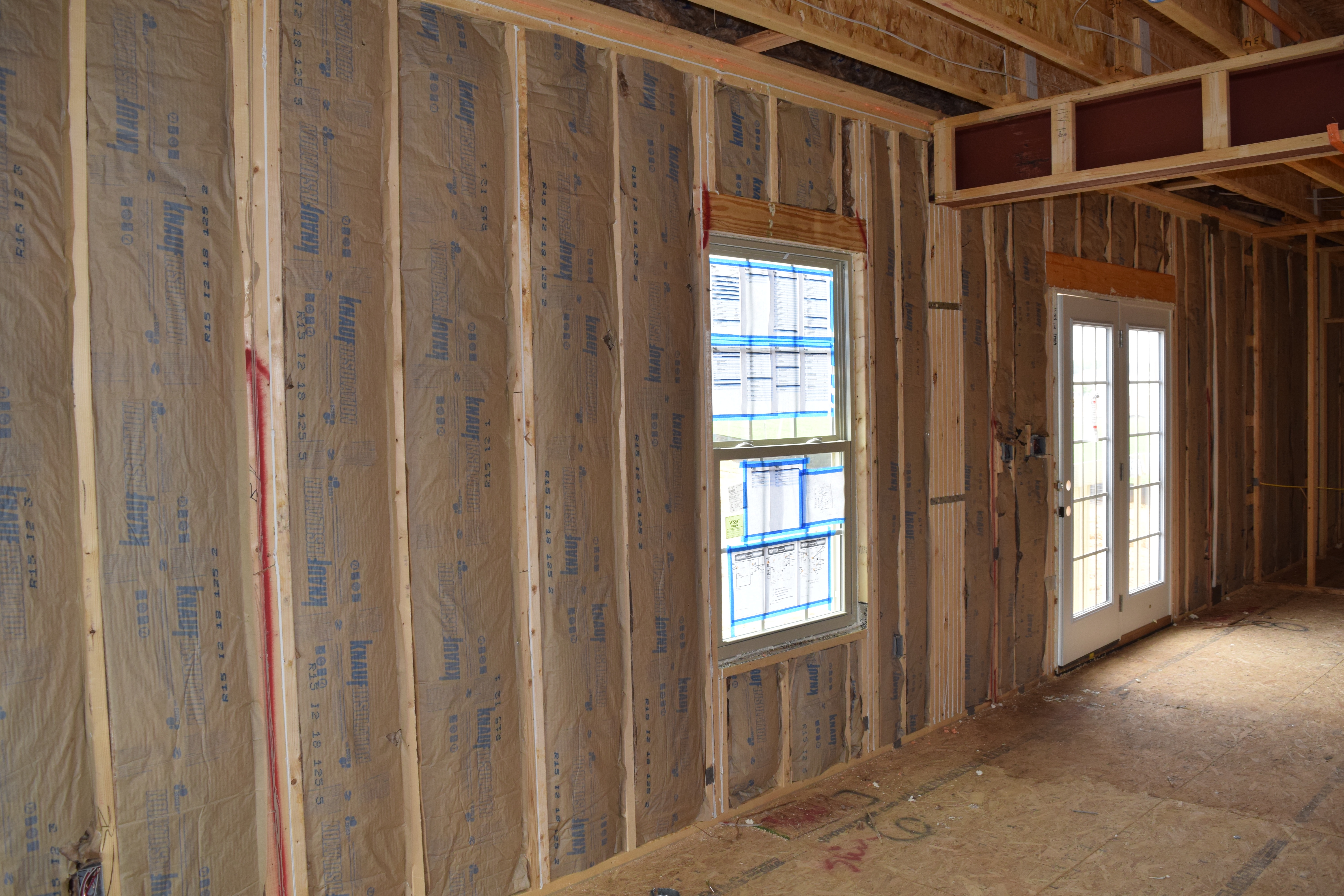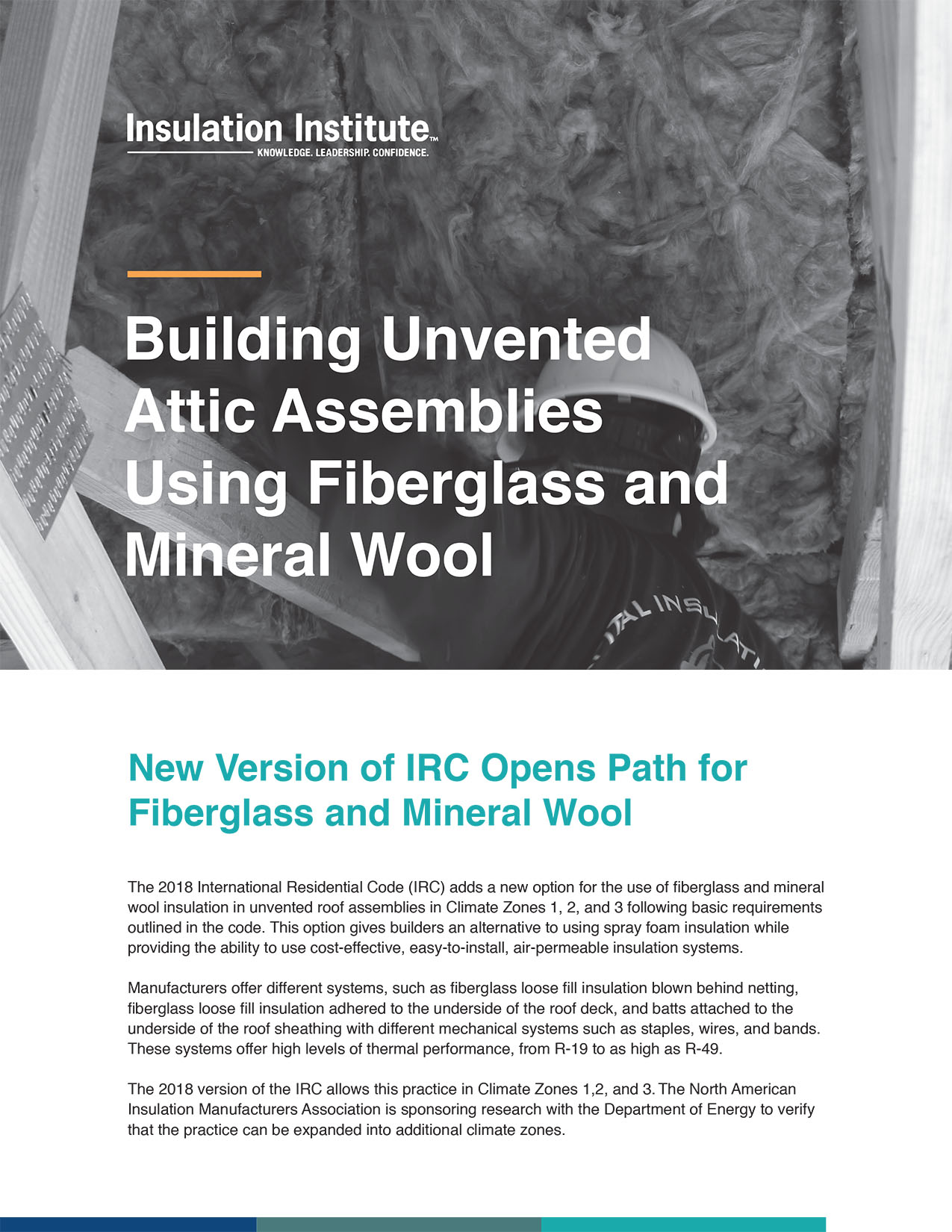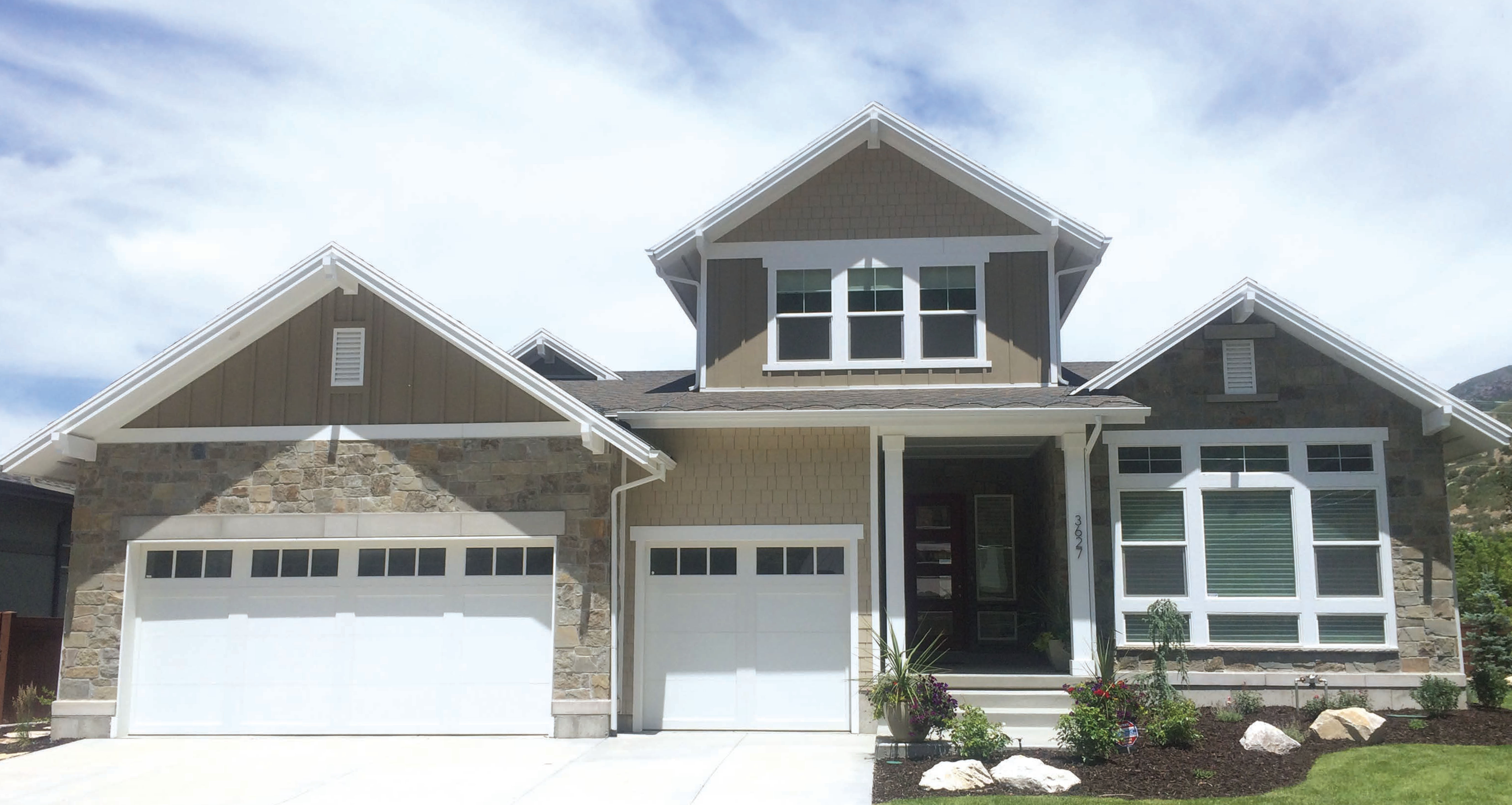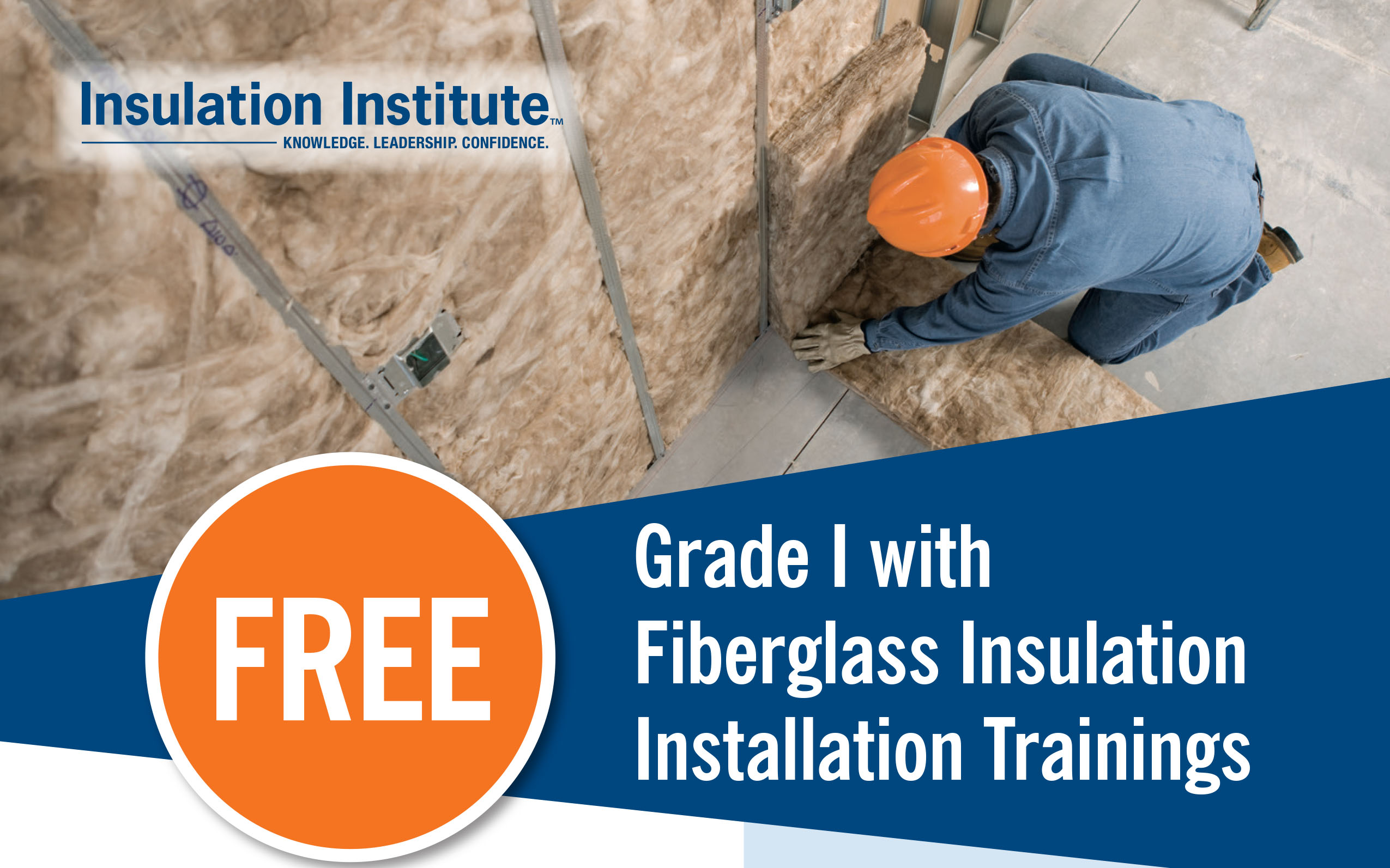As advocates for building energy efficiency, Insulation Institute and many other organizations support the development and adoption of model residential building energy codes like the 2015 International Energy Conservation Code (IECC). Unfortunately, code adoption is literally “all over the map,” in the United States. Twenty-two states have a...
Stacy Fitzgerald-Redd
Recent Posts
Home Builders take pride in the quality construction and workmanship of new homes. But even the best builder will occasionally be challenged with flaws in new construction that must be corrected. The complexity of new home construction, buyers’ lack of understanding about new home warranties, and internet savvy consumers raise the stakes for new...
Our Insulation Field Trip
The Insulation Institute is committed to addressing and educating the market on quality installation, conducting training sessions and developing an extensive guide on how to get Grade I installation. Since we represent the insulation industry, we like to get out in the field from time-to-time and see how the products our...
With the newer version of the International Energy Conservation Code (IECC) coming to states throughout the country, builders may have to make swift changes in practices to meet new, more stringent home energy efficiency requirements. For example, the state of Pennsylvania recently updated from the 2009 IECC to the 2015 version, which improves the...
Achieving an energy efficient, durable and comfortable home starts with framing and includes air sealing and insulation. Regardless of the type of insulation used, whole-home air sealing is a must to minimize air leakage and maximize thermal performance. It’s also an essential part of meeting new home airtightness requirements. As states adopt...
Building Unvented Attic Assemblies with Fiberglass and Mineral Wool
The 2018 International Residential Code (IRC) allows air-permeable fiberglass and mineral wool insulation in unvented attics in Climate Zones 1, 2, and 3. Our new guide details how to do this.
Prior to the completion of research and publication of the 2018 IRC, concerns about...
Maximizing cost effectiveness is every builder’s goal and every home buyer’s expectation. Each year, an impressive group of builders is recognized by the U.S. Department of Energy (DOE) for their forward-thinking approaches to delivering Zero Energy Ready homes. The most exemplary of the annual winners achieve this extraordinary target while...
Two Air Leakage Items Blindsiding Builders
Home Energy Rating Systems (HERS) Raters can play a central role in helping builders transition to new more stringent residential building energy code requirements, like the 2012 or 2015 International Energy Conservation Code (IECC). As more states adopt newer versions of the code, HERS Raters are...
M/I Homes is the thirteenth-largest builder in the nation and a leader in the home building industry. As a mid-level production builder with a superior quality reputation, the company unabashedly embraces digital marketing to relate to and attract new buyers. The ability to deliver fresh, appealing and visual content to draw customers is an art...
According to U.S. Department of Energy 20 percent home’s energy is wasted because the home is under insulated and improperly air sealed.[1] For builders, this can wreak havoc on productivity, resulting in call backs, jeopardizing code compliance, reducing HERS scores, and resulting in homes that are less energy efficient and comfortable for...




.jpg)









